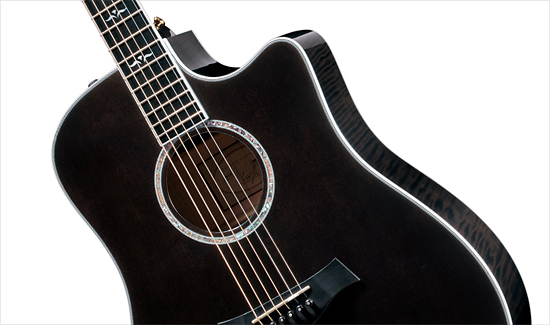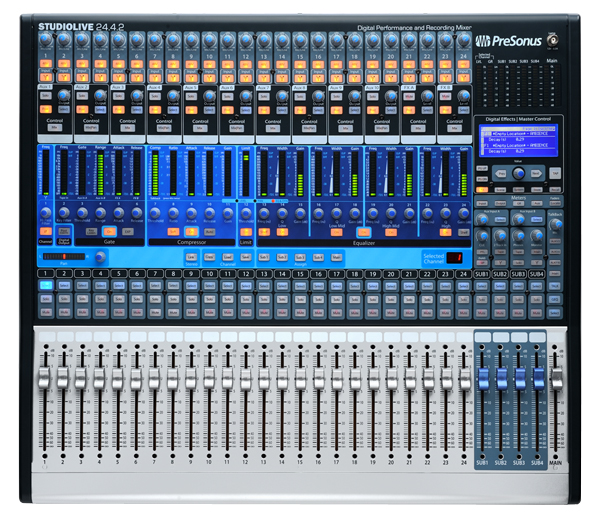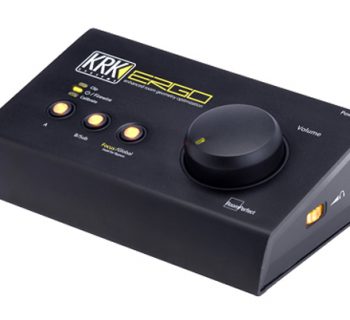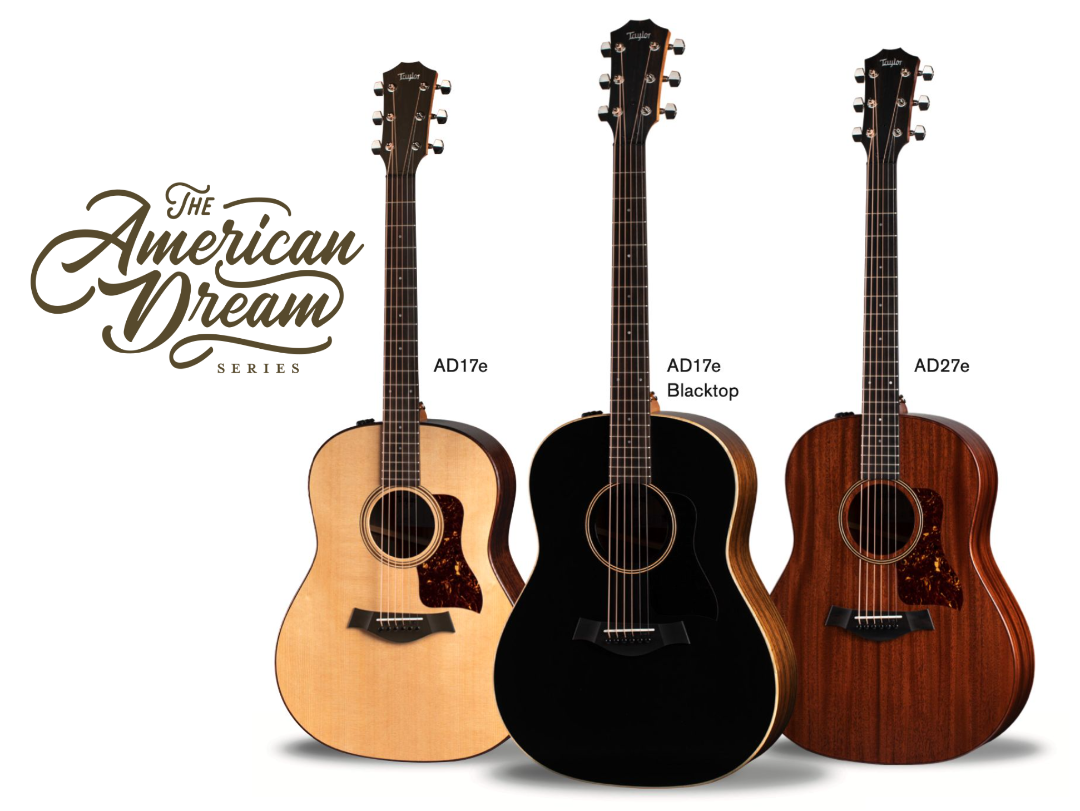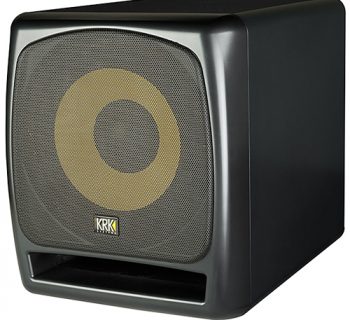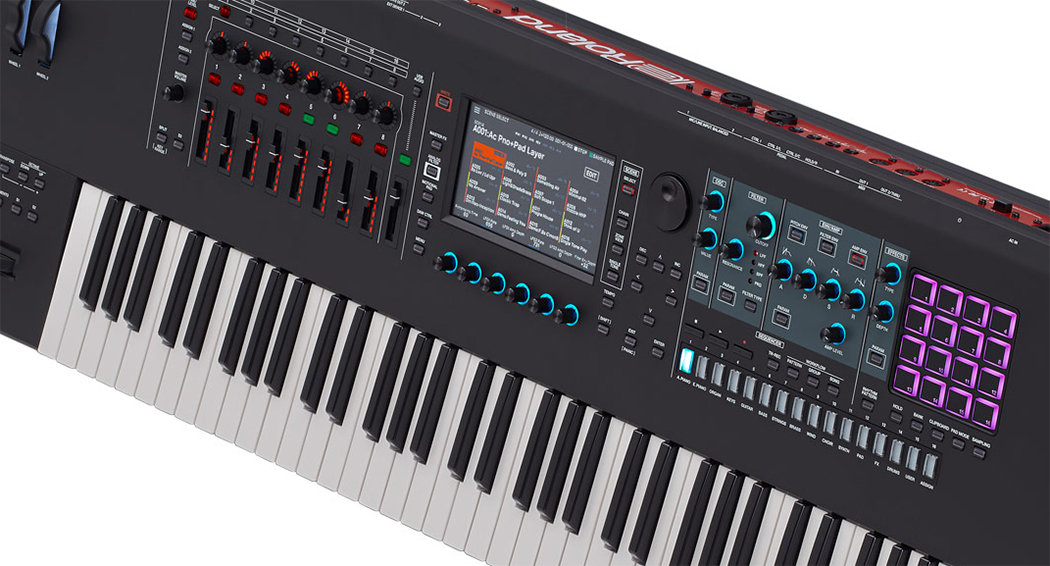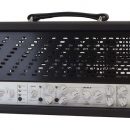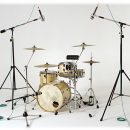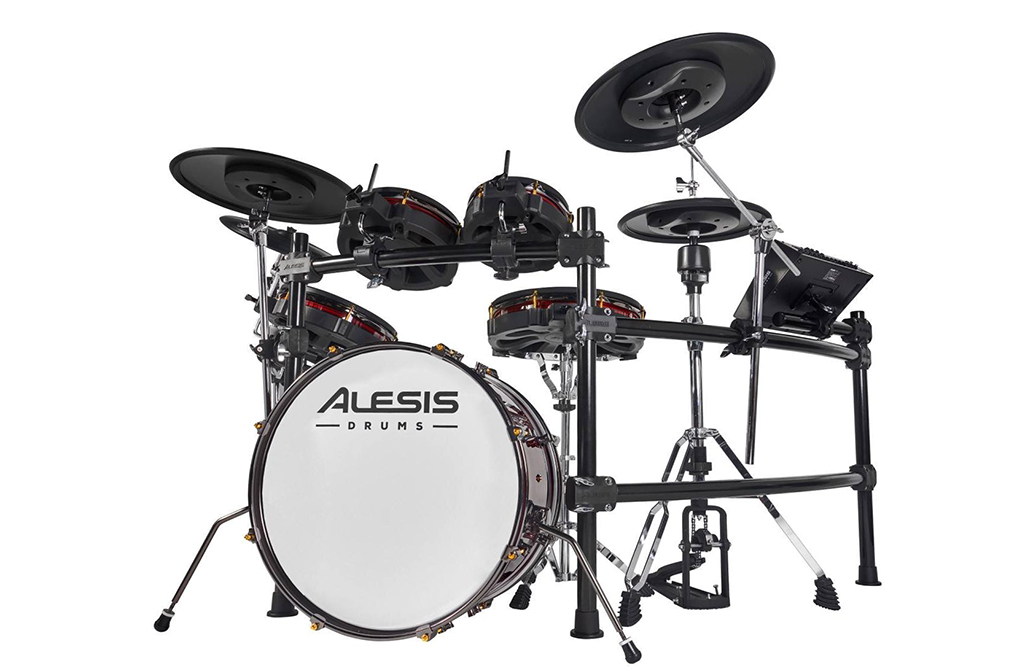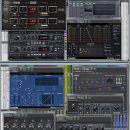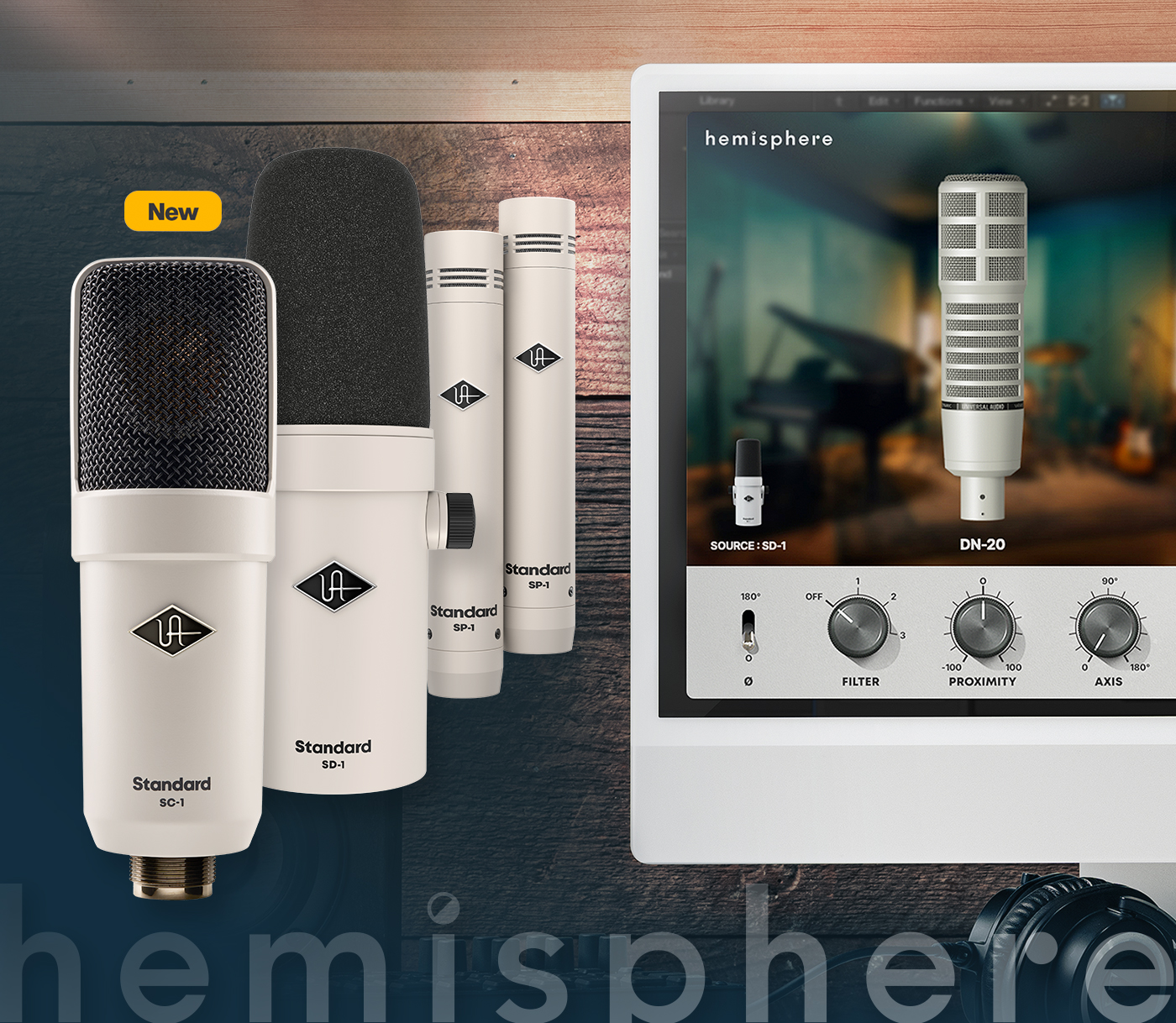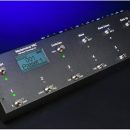We’re all feeling the economic crunch these days, and as a result, we’re probably not spending as much on our guitars as we have in the past. But that’s no reason to settle for anything less than great tone and great playability from a high quality, professional acoustic guitar.
| Category | Value | Rating |
| Features | 20% | |
| Usability | 25% | |
| Sound | 25% | |
| Documentation & Support | 10% | |
| Price | 20% | |
| OVERALL RATING = 3.4 3.6 stars or better: Outstanding, WIHO Award 3 stars or better: Worth considering 2 stars or better: Suited to specific needs 1 star or less: Not recommended |
||
The Taylor 610ce, dressed here in a stunning black finish, was clearly designed for the player with arena stage dreams. You don’t have to be Johnny Cash or Clint Black to appreciate the bad boy looks here. If you want to rock and have sublime Taylor acoustic tone, this is your ticket to the stars. Just be sure to pack some instrument wipes, as the piano-like finish will have your fingerprints all over it in a matter of minutes.
Although the slightly smaller body may not provide everything offered in the exceptional Taylor 816ce GS we reviewed last year (bigger body yields deeper tone), the 610ce still provides that signature sound and tone we’ve come to recognize from Taylor guitars, which typically means a robust body and sparkling, bright overtones. And at a fraction of the cost of the 816ce, this guitar is within easy reach for anyone looking to own a premium acoustic.
Features
The Taylor 610ce is constructed with big leaf maple back and sides, and an ebony headstock overlay, with a Sitka spruce top. The truss rod adjustable neck consists of hard rock maple with an ebony fretboard and matching ebony bridge.
One of the many beautiful details lies around the edges: the entire guitar from body to headstock is outlined using white binding, which beautifully accents the high gloss black finish. An abalone rosette that compliments the ornate mother-of-pearl leaf fret markers outlines the sound hole. In direct contact with the strings, the nut and saddle are made from a tusq polymer. The Taylor 600 series comes equipped with gold-plated Taylor tuners.

For an in-depth look at measurements:
- Scale length: 25.5 inches
- Neck width at nut: 1.75 inches
- Number of frets: 20
- Fretboard radius: 15 inches
- Body width: 16 inches
- Body depth: 4 5/8 inches
- Body length: 20 inches
- Overall Length: 41 inches
For electric-acoustic applications, the Taylor 610ce is equipped with the Taylor Expression System® consisting of Taylor’s proprietary sensing technology. The system utilizes the entire soundboard of the guitar, capturing sound via one strategically placed Dynamic Body Sensor and a patented Dynamic String Sensor mounted beneath the fretboard. The sensors convert the vibrations to an electronic signal being fed through the ES preamp and to the guitar’s output.
The control features of the Taylor Expression System are straightforward: Volume, Treble, and Bass, and the preamp can accommodate either a standard ¼ inch instrument cable or a TRS to XLR cable for balanced line level input — no DI necessary!
 The Taylor Expression System is powered by a nine-volt battery, which is easily accessed through an external battery compartment door. And as with other Taylor guitars equipped with onboard electronics, the 610ce includes Taylor’s Fused String Ground feature which can help save you from electric shock should you be unfortunately enough to encounter a poorly grounded (or not at all) PA system.
The Taylor Expression System is powered by a nine-volt battery, which is easily accessed through an external battery compartment door. And as with other Taylor guitars equipped with onboard electronics, the 610ce includes Taylor’s Fused String Ground feature which can help save you from electric shock should you be unfortunately enough to encounter a poorly grounded (or not at all) PA system.
As is typical of all of the Taylor guitars we’re privileged to play, our only complaint is that the onboard preamp lacks a built-in tuner. Whether you just want to grab your guitar and casually jam at the family picnic or you need to spot check your tuning in the symphony hall, it’s nice to not have to break out the accessories.
The 610ce comes with a Taylor deluxe hardshell case.
Color options will make any rock star smile: Blueburst, Cherry Sunburst, Cherry Black Sunburst, Ruby Red Burst, Honey Sunburst, and Tobacco Sunburst.
Usability
The Taylor 610ce continues the tradition of Taylor manufacturing and engineering. One of the greatest attributes we’ve come to appreciate and expect is the consistency and playability of their necks and fretboards. The action always seems to be set just right and contributes to hours of comfortable playing.
However, with our review model, we discovered (to our surprise) a fret-out issue with the high E string between the 12th and 16th fret! Though not a major problem and an easily remedied issue, it was surprising to experience this on a premium Taylor instrument. During typical playing and recording, we didn’t even notice this as we routinely just played the lower registers of the instrument, but as we riffed out and took advantage of the single cutaway to reach those high registers for acoustic soloing, we came across the issue. And even then, we didn’t really notice it until we played single note runs with an aggressive attack. Had we not experienced this issue with the instrument loaned to us for review, the guitar would have earned another half-star for Usability.
The Taylor 610ce we reviewed maintained consistent tuning for days, even when using alternate tunings — and we used some extreme alternate tunings at that. The Taylor tuners provide smooth adjustment without slip or binding thanks to their Tusq nut and bridge saddle.
The Taylor Expression System was extremely easy to use from a plug-and-play perspective. The use of volume, treble and base controls kept things simple when finding just the right EQ setting, and the ability to use a quarter-inch to XLR cable without a DI added to the convenience factor.
The volume and EQ controls each contain a center detent that identifies the middle level for Volume control and the off/flat positions for the Treble and Bass controls. This made it simple to dial in a perfectly neutral setting before making adjustments, though we question the use of a center detent on the Volume control. The rubberized control knobs were easy to adjust and they stay neatly out of the way while playing.
An LED indicating battery life is located on the preamp and can be seen through the soundhole of the guitar. Power is activated/deactivated via the insertion or removal of an instrument cable. We played the Taylor for days at a time while recording in the studio without ever reaching the point of a drained battery. Taylor states that a new Duracell battery will provide fifty hours of plugged-in operation. The easy access battery compartment door makes battery changes a breeze without needing to remove the strings.
Feedback was negligible from this guitar through a PA system. In order to get feedback, it’s going to be up to the musician to purposely do all the wrong things like facing a speaker stack at point blank range.
Though the Taylor 610ce is considered a mid-level instrument within the Taylor lineup (middle of a wide range of pro-level instruments), it only really differs from pricier models in the selection of specific woods. We found the same quality workmanship, playability and signature tone as we’ve experienced in more costly Taylor models.
Cosmetically, this guitar is dressed for the stage with its piano black finish. It loves to show off your fingerprints, so we advise the criminals among you to keep a pack of instrument wipes handy. If your primary use of the guitar doesn’t involve bright lights and big stages, you might want to think twice about this color option. But then a dirt-prone color never stopped someone from buying a flashy sports car, either.
Sound
Having had the opportunity to play numerous Taylor guitars extensively over the years, there’s no mistaking the signature tone and three dimensional sound provided by the Taylor 610ce guitar. In comparison to many of its brothers and sisters, the 610ce consistently delivered the same unsurpassed tonal quality and sound: full, round lows, mellow mids, and pristine highs, similar to the chime of a piano. The single cutaway body delivered an even, full-bodied sound with excellent sustain and smooth decay.
Taylor’s onboard electronics, the Expression System, provide a very usable option for amplifying the acoustic guitar. Though there is no substitute for the true acoustic sound of the guitar, the Expression System captures a great amount of tonal detail due in part to the body and string sensors combination.
In putting the Taylor Expression System through the test, we first plugged the guitar directly into a Mesa/Boogie Lone Star amplifier. Though far from being an optimal amplification device for an acoustic guitar, the traditional guitar amp scenario is most typical for players without a dedicated acoustic guitar amplifier. So, starting out with the worst-case scenario, setting the Volume, Treble and Bass to center detent (neutral) and using our clean channel, the 610ce performed quite well transferring acoustic characteristics and maintaining the pristine clarity we experienced unplugged. The guitar’s tone controls had only a subtle effect on our sound compared to some other pickup systems we’ve used (including on other Taylor guitars such as the T5 series).
When plugged directly into our recording console, the tone controls took on a more noticeable effect, providing a wider range of tonal options. As with most EQ controls, pushing the Treble control added some noise.
For real tracking, we miked up the guitar with studio condensers plugged into premium preamps, and then blended the signals with the Expression System recorded to a separate track. This winning combination delivers recorded tone you’ll immediately identify with Taylor guitars.
We next tested the 610ce’s Expression System going through our favorite L.R. Baggs Para Acoustic DI into a PA system (the Para Acoustic DI is optimized for acoustic guitars with onboard electronics). Though the DI is not required to achieve excellent tone from the Taylor 610ce, this particular DI provides an enhanced tonal spectrum — icing on top of an already excellent tasting cake! As such, the guitar sounded even better.
Acoustic guitar tone is a personal thing, and different guitars with different wood types (and a host of other differences) will yield significantly different results that are better suited to different styles of playing. If you’re in an alternative rock band seeking a darker tone, or you’re going for the lo-fi retro sound, this isn’t the right instrument. But for pop, jazz, country, folk, and good old-fashioned melodic rock, you can’t go wrong here.
Documentation and Product Support
 Taylor Guitars provides an effective menu of documentation to help familiarize the new owner with the instrument itself as well as information on how to properly care for an acoustic guitar. After all, acoustic guitars are a bit more delicate than their solid body electric siblings and require some extra care.
Taylor Guitars provides an effective menu of documentation to help familiarize the new owner with the instrument itself as well as information on how to properly care for an acoustic guitar. After all, acoustic guitars are a bit more delicate than their solid body electric siblings and require some extra care.
Most impressive was the supplemental documentation that provided extremely important care instructions relating to humidity requirements of an acoustic instrument. The documents go into great detail regarding “Symptoms of a Wet Guitar,” “Symptoms of a Dry Guitar,” and “Using a Guitar Humidifier.” We can’t tell you how many guitars we’ve witnessed while teaching private lessons that were almost ruined to the point of being unusable because no one ever explained to our students the importance of properly caring for an acoustic guitar. We found this documentation to be just as valuable as an insurance policy to help protect your treasured investment.
Want to find out more? Visit the Taylor website and check out their Tech Sheets: http://www.taylorguitars.com/contact/customerservice
Price
The Taylor 610ce (MSRP $3,648) sells for approximately $2,700 street, which places it in the middle of the Taylor lineup pricewise. When considering Taylor as your guitar of choice, you’ll find excellence in craftsmanship no matter what model or price point you select — they are all hand-made in California, and the differences are relegated to small details and appointments, and choice of tone woods.
In the Taylor 610ce, you’re not sacrificing any cosmetic extras such as body and neck binding, fancy inlays, or quality hardware. All things considered, the Taylor 610ce acoustic electric is an excellent guitar for the money, and its hot looks are way cooler than playing another natural wood guitar.
Contact Information
Taylor Guitars
http://www.taylorguitars.com
| Evaluation Short-List |
|

